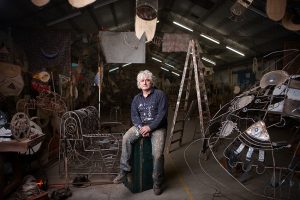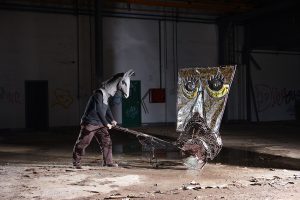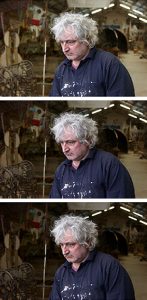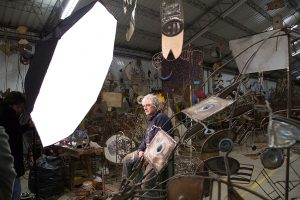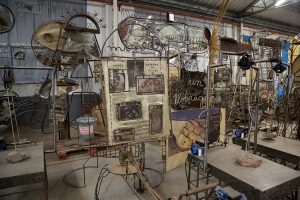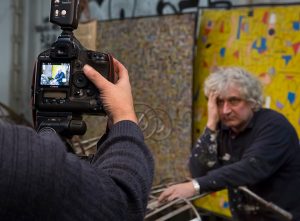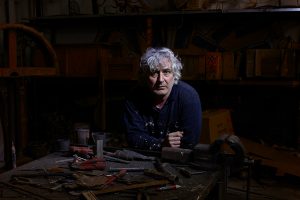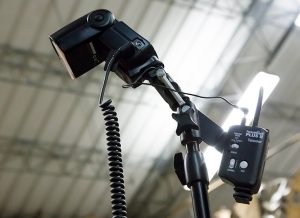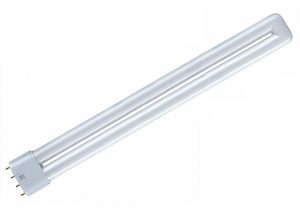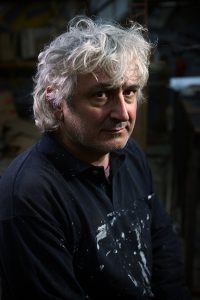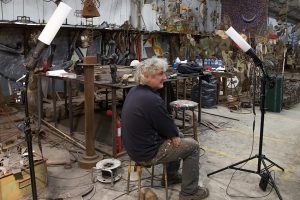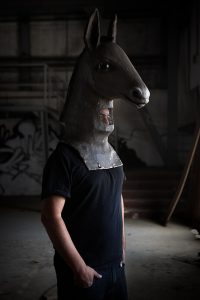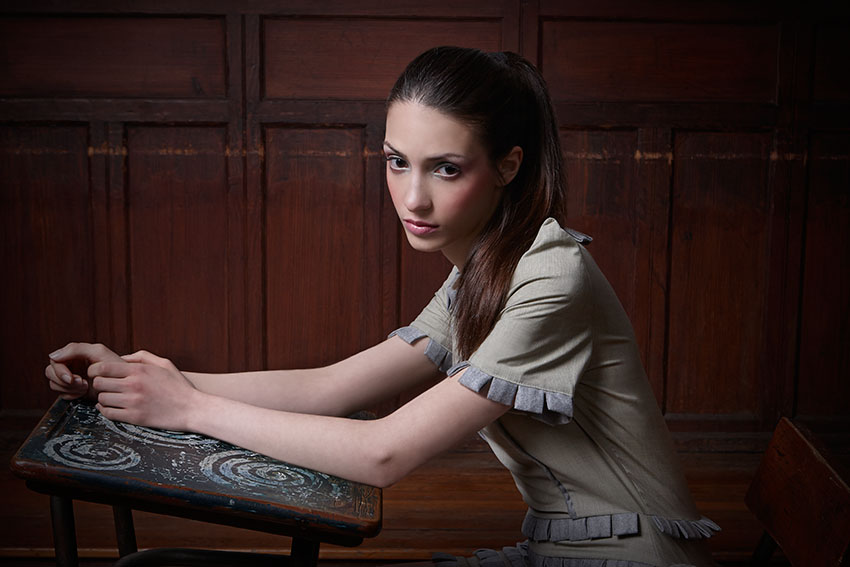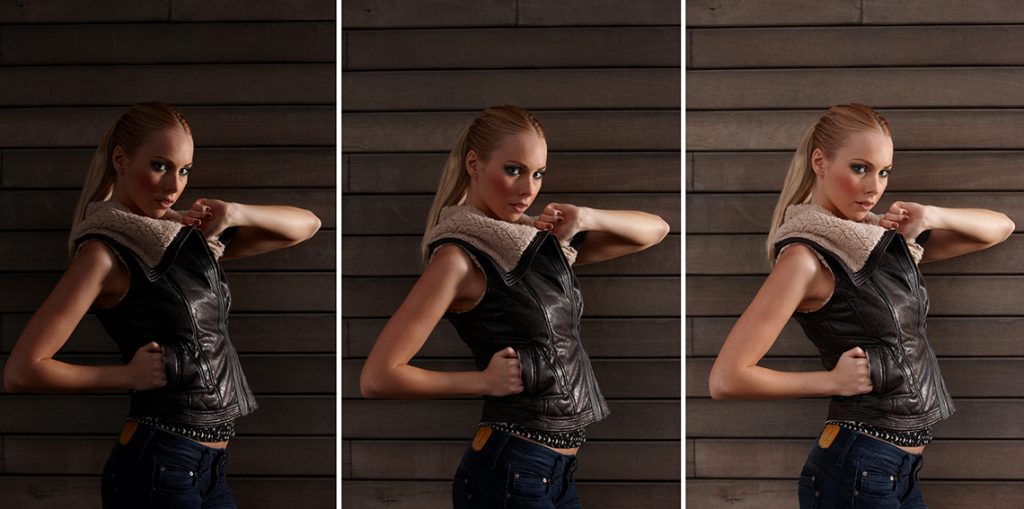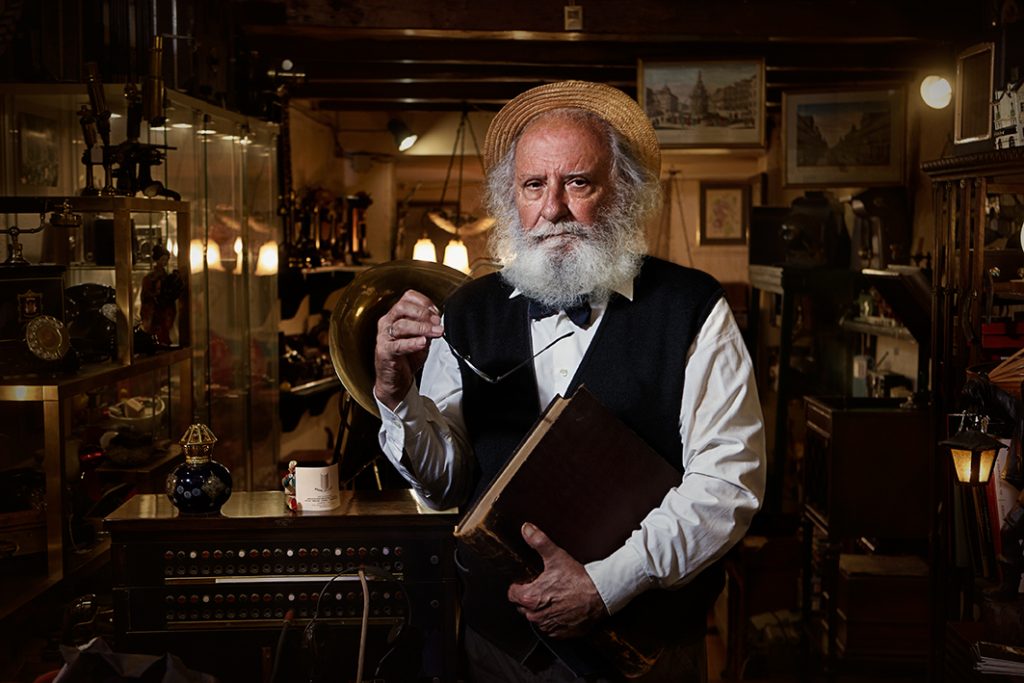Some time ago we visited with a group of GrisArt students, the studio of artist Jordi Rocosa in Barcelona. The studio is located in a huge industrial building in Cornellà full of sculptures, many of them linked to his project “Excèntrics plàstics”, mobile sculptures that move through public spaces with the participation of the viewer. The transporter, creator of the sculptures, appears with a donkey’s head, master of ceremonies of a dreamlike journey.
In the author’s own words: “I drag the sculpture as art lulls the spectator in the museums of contemporary languages. I go disguised as the clown, but I do it with the fabulation of the donkey. I transport the portable thought making it spin on the great theater of what has happened, within the spirit of the world, of its discourses, of the different cooking and interpretations of what is shown to us. In short, a juggling, an unbalance, the eccentricity made reality of the first sign of movement”.
The initial idea was to make a full body portrait, a general descriptive shot of the artist in the context of his studio. I only had two Bowens 500 w/s flashes, plus two Yongnuo 560 reportage flashes to light the whole frame. The depth of the space did not allow me to illuminate the entire space with these flashes, so I used a tripod and an ISO of 200 to get the background of the studio to be illuminated by the fluorescent lights on the ceiling of the building.
In situations of this type it is very important to count on the model’s complicity since the photo is usually taken with quite low exposure times and the model may move. As can be seen in the images above, the three photographs were taken with different exposure times to evaluate the best relationship between flash exposure values and ambient light. I finally opted for a +2 ratio exposure, i.e. the flash was two EV points above the ambient light. Then, when processing the Raw file I had to be careful to recover values in the low lights.
I always work with Capture One, as I consider it to be the best raw processor available. Perhaps there is only one other more sophisticated in some aspects such as Silkypix Developer Studio, but the workflow is not as efficient and convenient as that of Capture One.
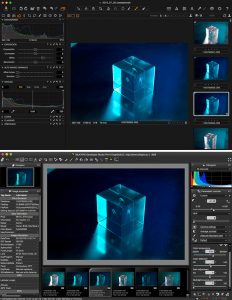
As can be seen in the following photograph, I used a Rimelite octagonal window with one of the Bowens flashes as the main light. Softboxes are lighting fixtures that produce a soft, enveloping light, but to be effective they must be close to the subject or motif. As the framing was very open, I had to move the window back a few meters with the consequent increase of contrast in the illumination. For this reason, it was necessary to have a very large light box to counteract the contrast produced by the distance from the subject.
© Joaquin Montero
The studio was crammed with artwork and every corner had an interesting framing so I decided to take a few more photos.
© Joaquin Montero
© Joaquin Montero
I had already taken a few shots with the octagonal window so I wanted to take a more intimate picture with a hard light. I chose a corner where Jordi works iron and placed the camera in a position that framed a shallower perspective than the photos taken before. Two light sources were used, this time I worked with Yongnuo 560 reportage flashes. A reportage flash emits a very hard light because the light emitting surface is very small. The main flash was directed towards Jordi and a second flash, with the same direction, was directed to the background, with two EV less than the main light.
Yongnuo 560 flashes are manual, they do not have TTL mode. Used to working with studio flashes, I find it very comfortable to work with reportage flashes in manual mode. In this case, I used them without any accessories. As manual mode is very draining on batteries, I always work with Godox PB 820 batteries and the indispensable Pocket Wizard radio tranceivers.
© Joaquin Montero
Finally, I decided to try a new accessory. On certain occasions I like to work with “Dulux swords”, Osram daylight fluorescent tubes. When I use them I use them with a black matte aluminum foil shade to direct the light in one direction only, but this time I wanted to achieve a more ambient light.
Dulux de Osram
It occurred to me to use a flash as a “Dulux sword” and I made a contraption with which I took the following photograph. The idea was to make a kind of “lightsaber” or “light sword” like the ones in the Star Wars movie. But I will talk about this accessory at length in a future post.
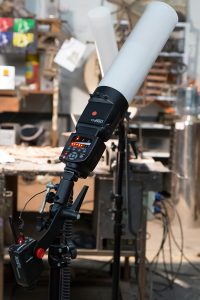
© Joaquin Montero
I placed two “swords” diagonally to give volume to the face, while illuminating the environment. I also worked with a slow speed and tripod so that the ambient light would help fill in the background. As the color temperature of the fluorescent bulbs in the environment had a greenish cast, I placed FL-D gelatins on the flashes so that the color temperature of all light sources would be the same. Rosco has a large catalog of filters and gelatins and has had these filters for years.
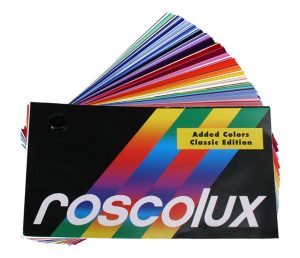
Roscolux
The transparent plastic cylinders are lined on the inside with vegetable papers of different density, so as to have more density near the flash xenon lamp and less density at the end.
© Joaquin Montero
Finally, I couldn’t resist the temptation to put on the donkey head. It was a very fun and interesting experience.
© Vicenç Prats
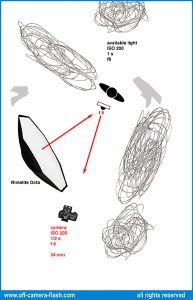
Lighting scheme
All rights reserved © Isarrualde Photography
No part of this publication may be reproduced in any form or by any means without the written permission of the author.
